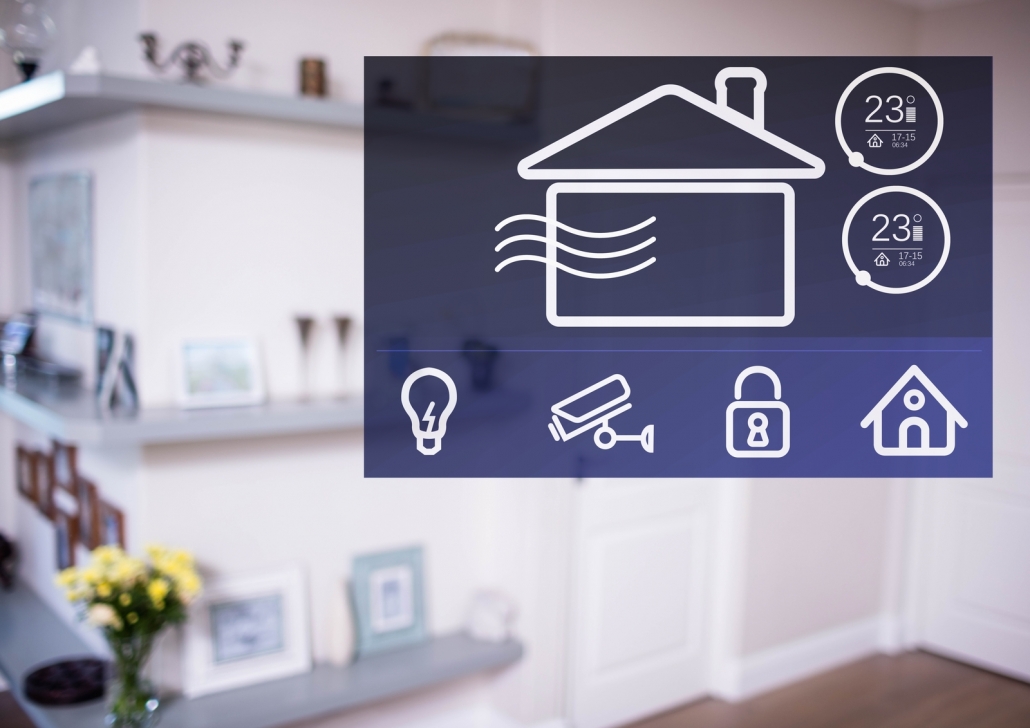A smart home saves time, money, and a lot of unnecessary stress in your life, and it’s no coincidence that more and more people are getting on board.
In the modern home, you can now access a host of features from a single mobile app or even take advantage of voice control with Amazon Alexa, Google Assistant, or Siri.
The home automation concept has matured over the years, and now anything from lighting to blinds can be easily integrated and managed.
A well-constructed system of devices that communicate with each other can behave in different scenarios; for example, you can program different modes specifically for watching a movie: the blinds will lower, the lights will dim.
The Covid bump
As a result of the coronavirus epidemic, more people have been forced to work from home, which leads to increased demand for automated solutions that offer both convenience and security.
With the rise of the home office, home renovations have also boomed, and so has the number of people choosing smart home solutions for their homes. The home of the future is multifunctional, and consumers seem to embrace the new trends.
Here are some trends that are expected to remain popular this year.
Lighting Control:
Having the right amount of light is essential in a modern home and is also the main factor in creating the atmosphere in many rooms, such as the bedroom or living room, on a gloomy afternoon.
With lighting controls, it’s easy to have the lights turn on automatically when you return home or to light the lights at a specific time when you’re away.
Contemporary luxuries like smart lighting are hot items on the market. Although an intelligent lighting system is easily accessible and adaptable for those who do not plan to install a complete system, the segment grows dynamically.
Curtain and shutter control:
It is an everyday routine where people raise and lower their blinds to symbolize the beginning and end of the day, which is relatively easy with automated systems.
Shutters not only protect your privacy, but they also protect your windows from the elements. If you fancy an afternoon movie, a darkened room is the best way to create the right atmosphere.
Controlled blinds and curtains are an increasingly popular feature of smart home systems, which can behave the way we want them to, either fully automatically or from a smartphone.
Home Security
Of course, smart home systems are not only for the residents’ comfort but also for their safety. With the suitable sensors in place, home security is just a tap away. For example, sensors can quickly detect the first signs of water leaks or alert you if windows or doors have been left open accidentally.
The market for Internet-connected devices (IoT) is still expected to grow strongly this year. In addition, manufacturers are currently developing and deploying next-generation security solutions to prevent hackers from gaining access to their homes.
In conclusion, the smart home industry is going to continue growing in 2021. With new technologies on the horizon, I’m excited to see what the smart home industry will look like in a few years.
